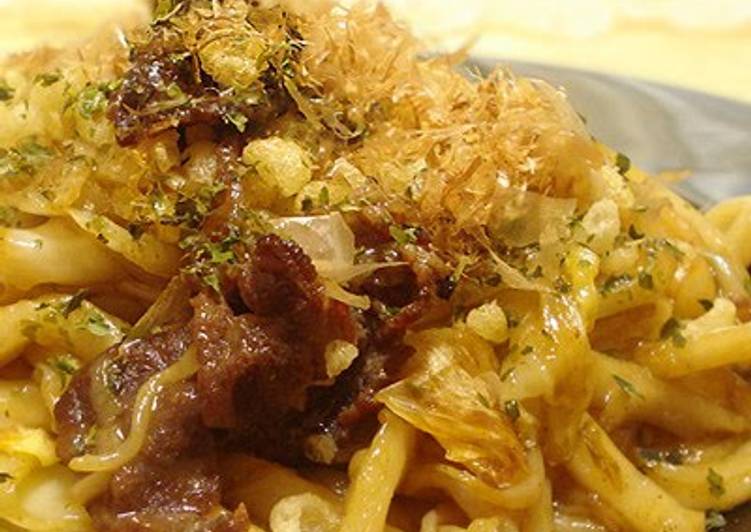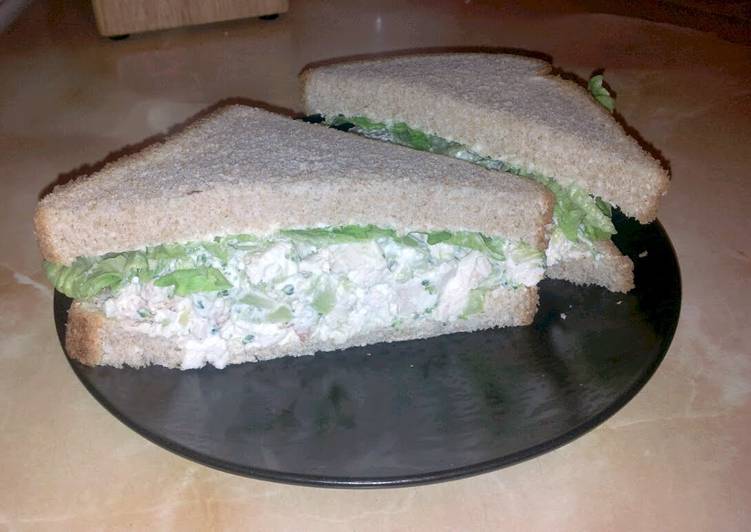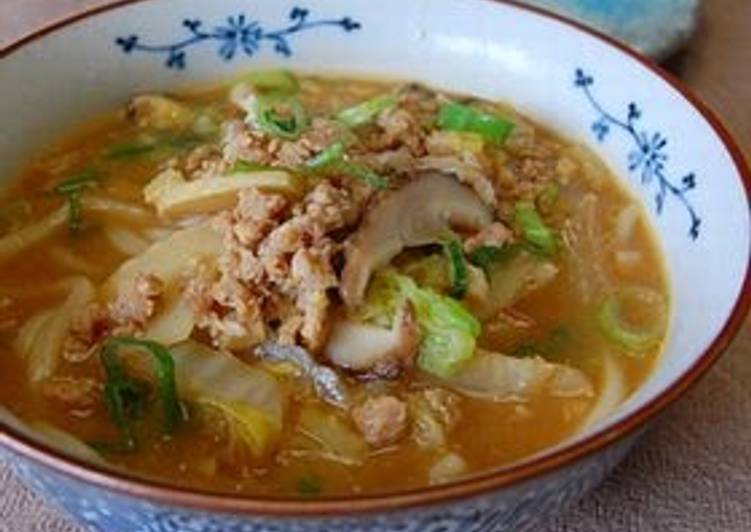Hey everyone, welcome to my recipe site, looking for the perfect An Osaka-native's Sauce Yakisoba (or Stir-fried Udon Noodles) recipe? look no further! We provide you only the best An Osaka-native's Sauce Yakisoba (or Stir-fried Udon Noodles) recipe here. We also have wide variety of recipes to try.

Before you jump to An Osaka-native's Sauce Yakisoba (or Stir-fried Udon Noodles) recipe, you may want to read this short interesting healthy tips about
Green Living In The Cooking area Will Save You Dollars.
Remember when the only people who cared about the ecosystem were tree huggers and hippies? Those days are over, and it appears we all recognize our role in stopping and conceivably reversing the damage being done to our planet. Unless everyone begins to start living a lot more green we won’t be able to fix the problems of the environment. Each and every family ought to start making changes that are environmentally friendly and they have to do this soon. Here are some tips that can help you save energy, mainly by making your kitchen area more green.
Changing light bulbs is actually as good a place get started on as any. Naturally you shouldn’t confine this to just the kitchen area. You should change your incandescent lights by using energy-saver, compact fluorescent light bulbs. They cost a small amount more at first, but they last ten times longer, and use less electricity. Making use of these types of longer-lasting lightbulbs has the particular benefit that many fewer lightbulbs make it into landfills. It goes further than simply replacing the lights, though; turning off lights that aren’t needed is actually another good thing to do. The kitchen lights in particular tend to be left on all day long, just because the family tends to spend a lot of time there. This additionally takes place in the rest of the house, but we are trying to save money in the kitchen. Do an exercise if you like; take a look at the quantity of electricity you can save by turning the lights off when you don’t need them.
As you can see, there are plenty of little elements that you can do to save energy, as well as save money, in the kitchen alone. Green living is something we can all accomplish, without difficulty. It’s concerning being sensible, most of the time.
We hope you got benefit from reading it, now let’s go back to an osaka-native's sauce yakisoba (or stir-fried udon noodles) recipe. To cook an osaka-native's sauce yakisoba (or stir-fried udon noodles) you need 12 ingredients and 18 steps. Here is how you achieve that.
The ingredients needed to prepare An Osaka-native's Sauce Yakisoba (or Stir-fried Udon Noodles):
- Prepare 1 bag Chinese-style noodles or udon noodles (as thick and chewy as possible)
- You need 3 leaves Cabbage
- Prepare 1 to 2 handfuls Bean sprouts
- Prepare 1 Thinly sliced pork or beef
- Prepare 50 ml Dashi stock (about the concentration for miso soup)
- Take 40 to 60 ml Otafuku Okonomiyaki sauce orsauce
- Take 30 ml for udon noodles 20 ml for yakisoba … this is enough for up to two portions of noodles Sake (always use real sake, not cooking sake)
- Provide 1 Vegetable oil
- You need 1 Salt and pepper … A
- Take 1 Tempura crumbs … B
- Get 1 Bonito flakes … B
- You need 1 Aonori … B
Instructions to make An Osaka-native's Sauce Yakisoba (or Stir-fried Udon Noodles):
- Cut the vegetables and meat into bite-sized pieces. *In this case, it's better to tear the cabbage by hand instead of cutting it into neat pieces.
- Prepare the dashi stock, it can be dash stock powder dissolved in hot water. *Speed is essential, so prepare the sauces now too.
- Take the noodles out of the refrigerator and place on a plate. Sprinkle sake over it and lightly cover with plastic wrap. *Microwave until the noodles are warm (it takes me about 1.5 minutes at 600 W).
- Many people warm the noodles in the bag, but a popular store told me it's better to prepare the noodles with the method in Step 3. This is essential!!
- Put vegetable oil in a frying pan, and heat over high. Put the meat in first and season with the A ingredients. When the meat is almost cooked through, add the vegetables. Season again with the A ingredients and stir-fry.
- Once the Step 5 vegetables have softened up, add the Step 3 noodles (do not add sake on the plate). Add the Step 2 dashi stock, and untangle the noodles while cooking over high heat.
- When the Step 6 noodles have untangled and about 90% of the dashi stock has evaporated, add the Step 2 sauce. Mix quickly and put on a serving plate.
- In Step 7, make sure you mix the sauce with the remaining dashi stock that hasn't been fully evaporated. This is important!!
- From Step 6 onwards, the process up until plating should take about 20 to 30 seconds.
- If you take your time here, the noodles will not only dry out, but start tasting like the instant kind.
- After serving onto a plate, top with the B ingredients and it's ready. Adding mayonnaise or chili pepper powder to taste is also yummy.
- Noodles that have dried out are never good. The sauce sticks well onto chewy noodles that have a slippery surface. This way, the noodles will taste exactly like what you'd get at a restaurant.
- I always use this type of sauce which is on the sweeter side. This company also makes "Yakisoba Sauce" but I like to use the "Okonomi" type.
- But, if you can't find it, try using the"Fake Otafuku type Okonomi Sauce".
- I tried various types of sauce for this recipe before posting it. The amount needed is the same at 40 to 60 ml.
- Always use thick noodles… Thin noodles will become soggy and mushy.
- To make the noodles as yummy as those cooked at restaurant griddles, make sure to keep the frying pan or electric griddle on high heat.
- The dashi stock added in Step 6 should evaporate if the heat is kept on high. This is an important point for keeping the noodles chewy.
Unlike ramen, which is rarely made from scratch at home. Noodles A Typical Bowl of Udon Noodle Soup. Since Yaki Udon is a type of Udon dish, as with other Udon noodle soups, various forms of Udon noodles, such as fresh, dried, chilled, or flat, can be prepared for Yaki Udon. On the other hand, the noodles used in Yaki Soba aren't buckwheat noodles, but usually oil-coated steamed wheat noodles. Add the onions and the pale part of the spring onion.
If you find this An Osaka-native's Sauce Yakisoba (or Stir-fried Udon Noodles) recipe helpful please share it to your friends or family, thank you and good luck.

